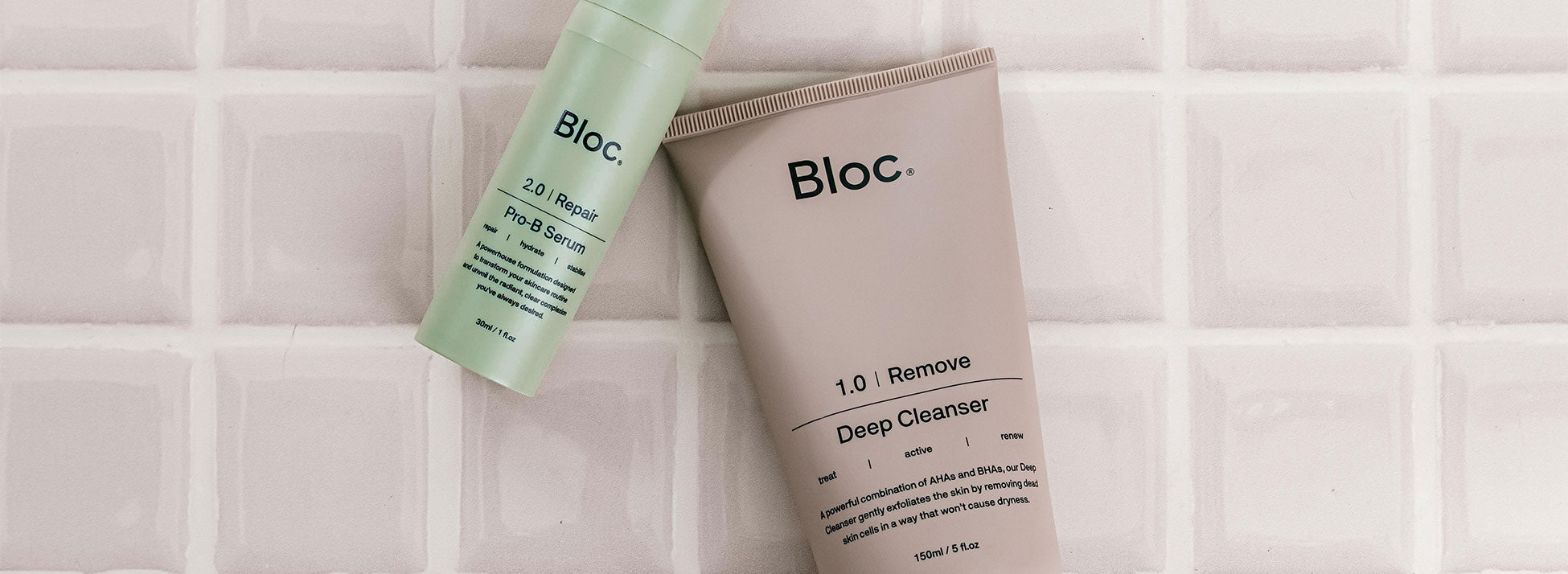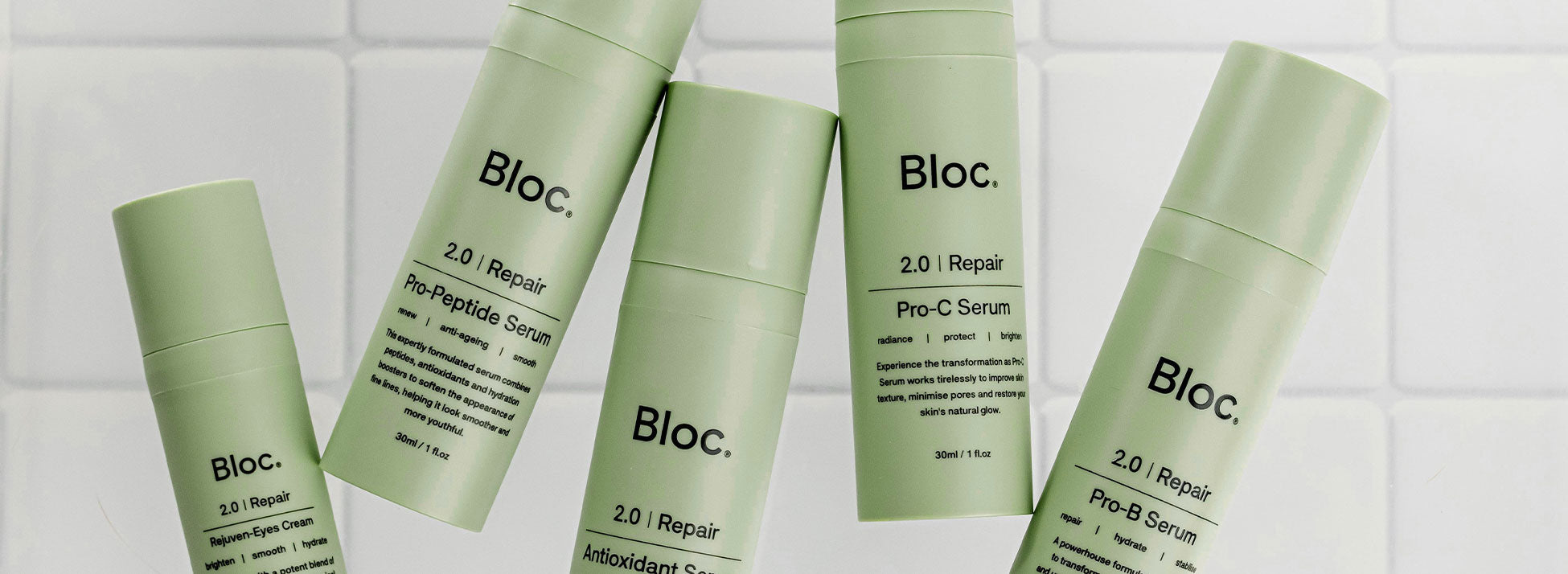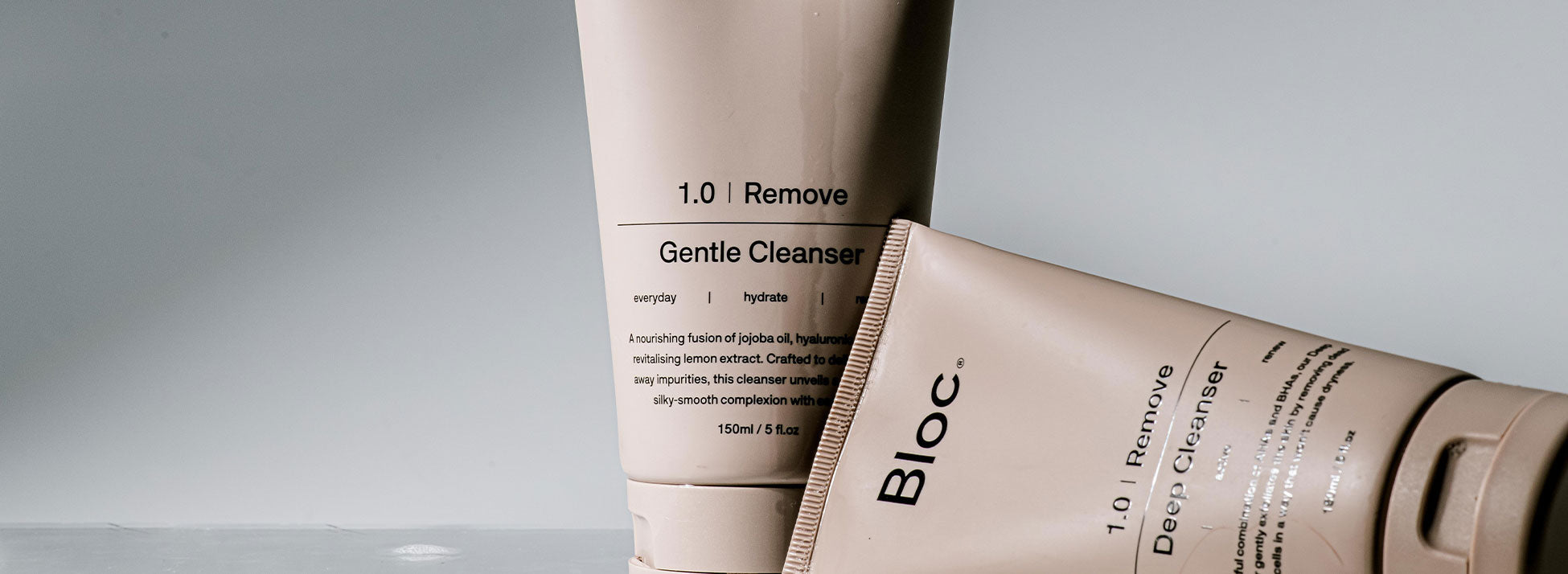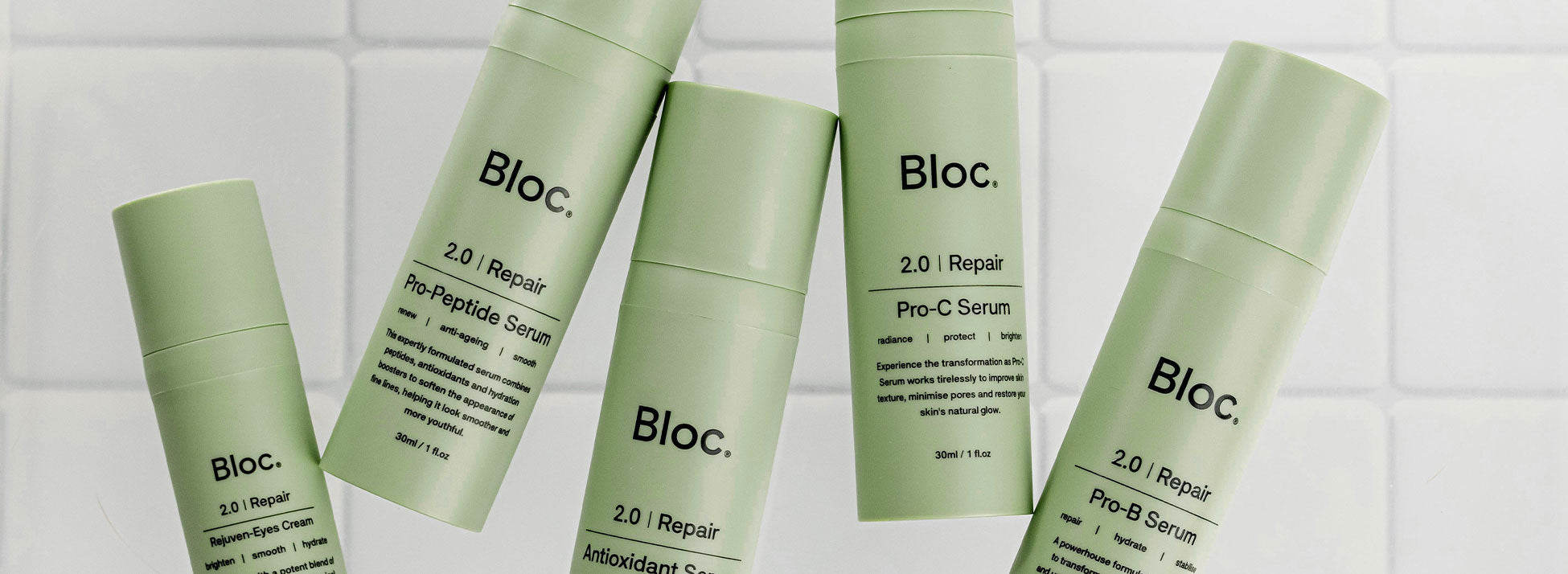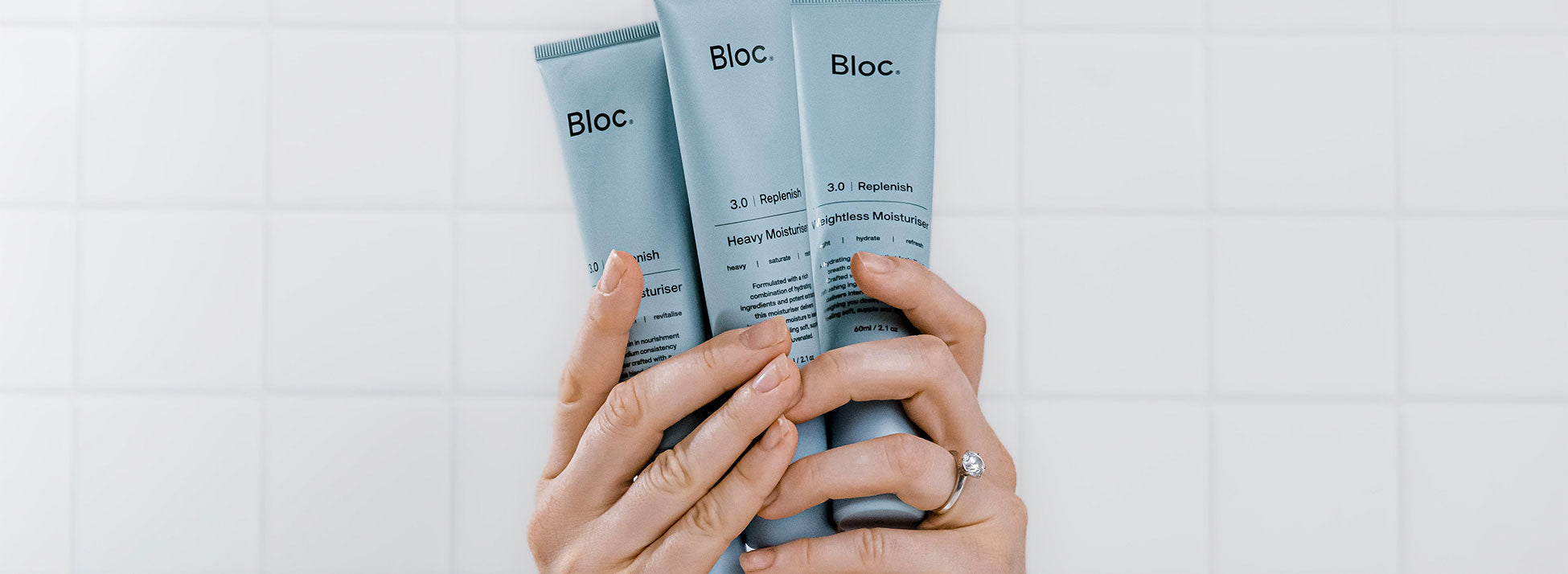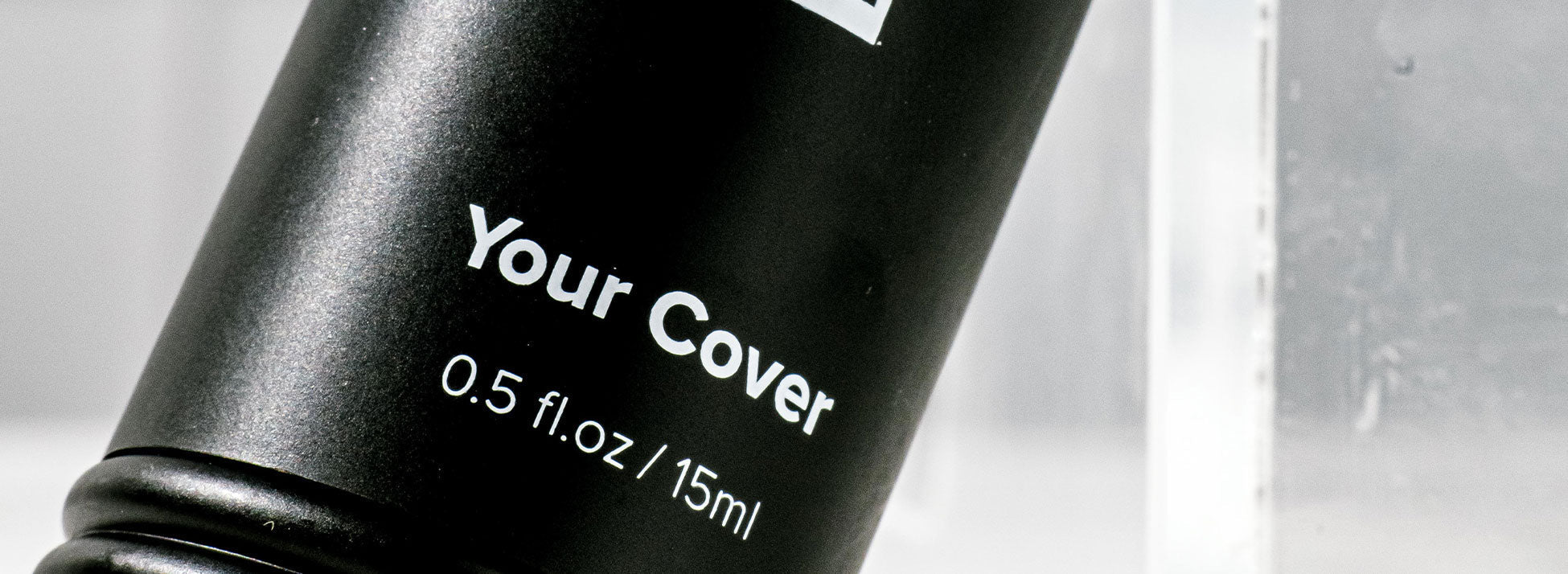If you're looking to level up your skincare routine, chances are you've come across the terms AHA and BHA. These buzz-worthy ingredients are both types of exfoliants, but they work in different ways - and knowing the difference can help you choose the right one for your skin.
Let’s take a closer look.
What do AHA and BHA stand for?
- AHA stands for Alpha Hydroxy Acid
- BHA stands for Beta Hydroxy Acid
Both are chemical exfoliants (don’t let the word “chemical” scare you - it just means they exfoliate without needing rough physical scrubs), and both help to remove dead skin cells to reveal brighter, smoother skin.
But they target different layers of the skin - and different concerns.
What do AHAs do?
AHAs are water-soluble acids that work on the skin’s surface. They break down the bonds between dead skin cells so they can gently shed, leaving your skin feeling softer and looking more even.
Common AHAs:
- Glycolic acid – the most potent AHA, great for brightening and smoothing
- Lactic acid – more gentle and hydrating, ideal for dry or sensitive skin
- Mandelic acid – larger molecule, good for sensitive and acne-prone skin
AHAs are great for:
- Dullness
- Uneven texture
- Fine lines
- Pigmentation
- Dry or flaky skin
What do BHAs do?
BHAs are oil-soluble, which means they can penetrate deeper into your pores, dissolving excess sebum and dead skin cells. This makes them especially helpful for oily or acne-prone skin.
The most common BHA:
- Salicylic acid – helps unclog pores, reduce inflammation, and fight breakouts
BHAs are great for:
- Blackheads and whiteheads
- Acne and breakouts
- Enlarged or clogged pores
- Oily or combination skin
Can I use both AHA and BHA together?
Yes - but with caution. Combining both can offer a more thorough exfoliation, targeting surface texture and deeper congestion. However, using too much or too often can lead to irritation, dryness, or sensitivity.
If you're new to exfoliating acids:
- Start slow (1–2 times per week)
- Use gentle formulations
- Always follow with moisturiser and SPF
How to use AHAs and BHAs safely
- Patch test first: especially if you have sensitive skin.
- Don’t overdo it: exfoliating too often can damage your skin barrier.
- Use at night: acids can make your skin more sensitive to sunlight.
- Wear SPF daily: AHAs and BHAs increase your skin’s sun sensitivity.
- Listen to your skin: if you feel stinging, flaking, or redness, give your skin a break.
AHAs and BHAs are powerful exfoliators that can transform your skin - helping with breakouts, uneven tone, dullness, and texture. Whether you’re looking for a glow boost or a way to clear congestion, understanding how these acids work can help you choose the right one (or combination) for your skin goals.

